Since its formation in 2011, GVG has pressed the local borough council to be more pro-active about the future of the town centre. But changing the corporate mindset of those involved is a struggle.
GVG is looking to the new developments, about to get underway, to make a radical improvement to riverside access and pedestrianisation. These exciting developments will improve the town centre and riverside experience for visitors and residents alike.
Let’s Shape Guildfords Future
GVG is apolitical – something it determined from its inception. In 2019 key members stood down to form a new residents political party – Residents for Guildford & Villages, R4GV. R4GV won 15 seats on GBC and shared power, holding key portfolios, including the leadership for two years.
Some good progress was made in progressing a GVG-like agenda, although a great deal was achieved out of sight. ‘Shaping Guildford’s Future’ is one such success. See the ‘fly-through’ on this page for the exciting possibilities.
GVG asks that the master plan for Guildford that forms part of ‘Shaping Guildford’s Future’ be fast-tracked now and adopted as a ‘direction of travel’ so that we can be seen to be acting on the government’s mandate – but in a way that suits us. The Flood Alleviation Scheme is also a vital starting point on this journey – see BBC interview with John Rigg, GVG chair.
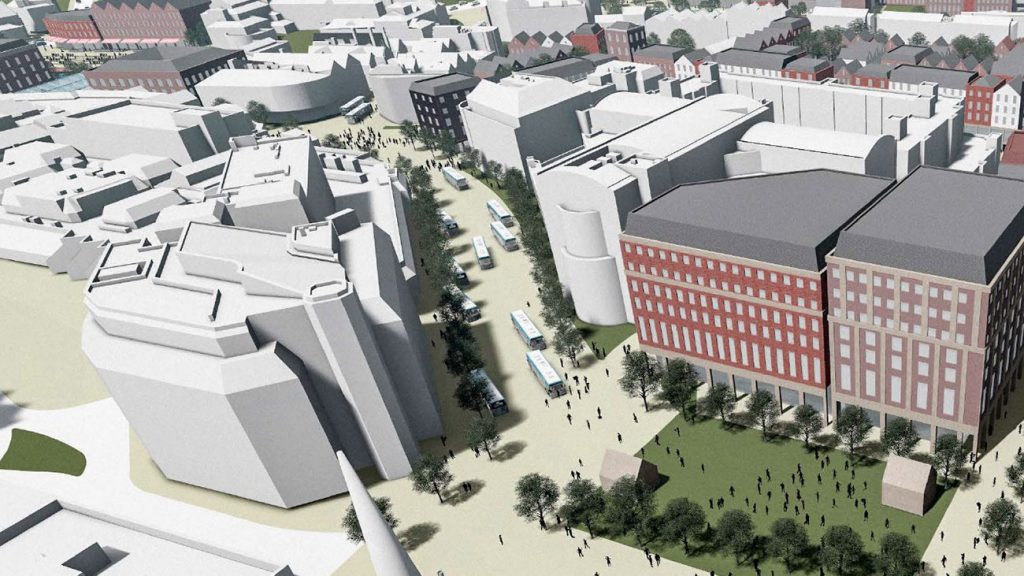
Guildford Vision Group (GVG) says the 2019 Local Plan was silent on the town centre and incredibly simply focused on delivering green belt land for development in sensitive locations. The Local Plan is due to be updated and scoping work has started already. It will take two or three years to finalise so now is the time to press for changes and improvements to its goals and development priorities. The Local Plan needs vision which is currently missing. ‘Shaping Guildford’s Future’ delivers the vision.
GVG believes there is huge scope for sustainable, brownfield development in the town centre. But building heights and mass are of major concern to residents. GVG supports the introduction of effective local planning policies to meet these concerns.
GBC already owns many brownfield – and dare we add the much-used new term ‘greyfield’ sites around our town centre; most of them eyesores. GVG calls upon the council to dispense with the obstacles that’s stopping them from being developed in a way that we’d like, rather than wait until the government forces new homes upon us in places we’d rather not see built in.

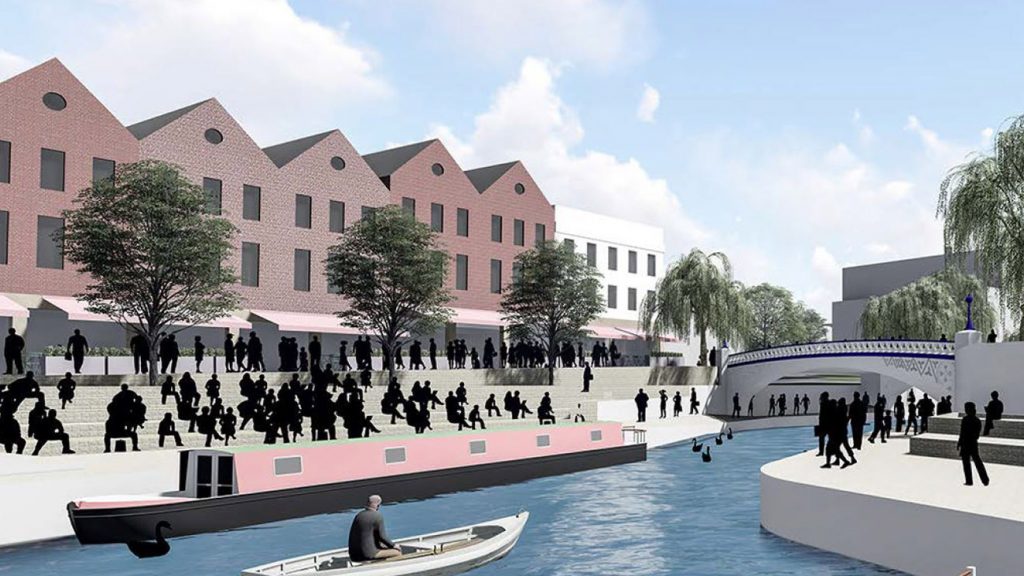
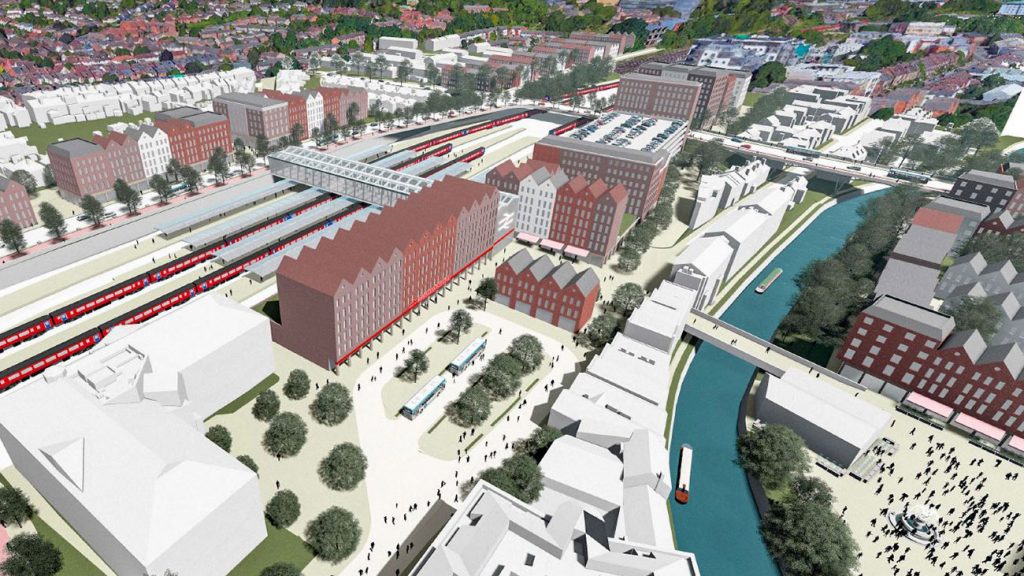
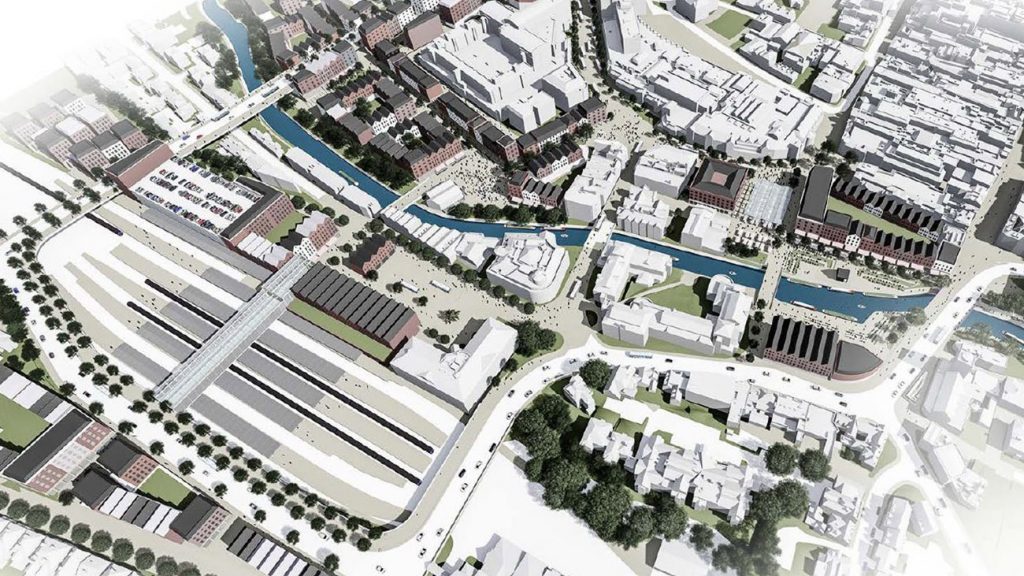
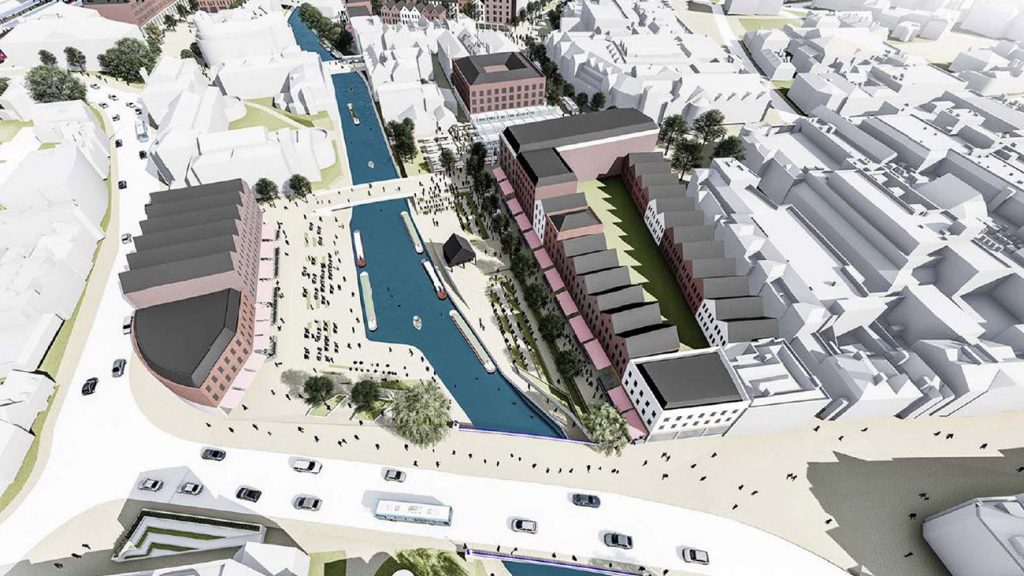
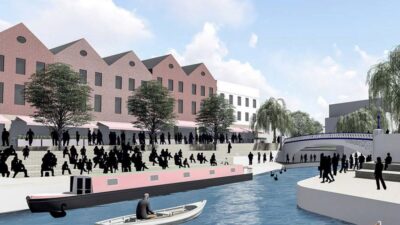 There has been a longterm neglect of the riverside running through Guildford. It is a resource that many towns would love to have. Opening up the riverside where it runs through the town is a principal aim of GVG. Too many buildings face away from it, and too much of the frontage is taken up by surface car parks. The space should be much more accessible to residents and provide relaxation, entertainment and other recreational opportunities as well as space for quiet contemplation.
There has been a longterm neglect of the riverside running through Guildford. It is a resource that many towns would love to have. Opening up the riverside where it runs through the town is a principal aim of GVG. Too many buildings face away from it, and too much of the frontage is taken up by surface car parks. The space should be much more accessible to residents and provide relaxation, entertainment and other recreational opportunities as well as space for quiet contemplation.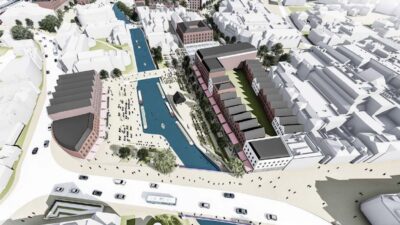 The centre of Guildford has been given over to cars and other traffic for far too long. It is time pedestrians took precedence. Certain new projects getting underway, eg St Mary’s Wharf and The Friary Quarter, will improve things but there is more to do to ensure residents, shoppers and visitors can safely enjoy all the facilities of the town, including its rich heritage.
The centre of Guildford has been given over to cars and other traffic for far too long. It is time pedestrians took precedence. Certain new projects getting underway, eg St Mary’s Wharf and The Friary Quarter, will improve things but there is more to do to ensure residents, shoppers and visitors can safely enjoy all the facilities of the town, including its rich heritage.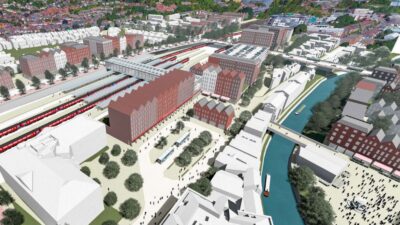 Properly planned, the town centre can provide new housing that is more sustainable, reducing pressure on the Green Belt. There can be space for up to 3,000 new homes in, and closely around, the centre. Dedicated routes for pedestrians and cyclists will reduce if not eliminate the need for cars, with all the health and eco-friendly consequences.
Properly planned, the town centre can provide new housing that is more sustainable, reducing pressure on the Green Belt. There can be space for up to 3,000 new homes in, and closely around, the centre. Dedicated routes for pedestrians and cyclists will reduce if not eliminate the need for cars, with all the health and eco-friendly consequences.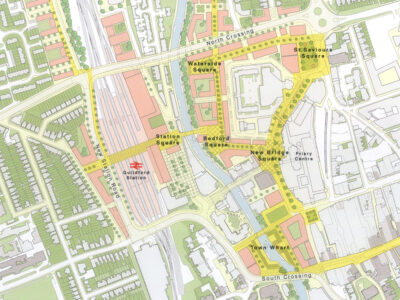 The 1960s’s gave the centre of Guildford a concrete collar that created its infamous traffic gyratory, with all its consequent pollution, dangers and congestion. GVG recognises the challenge of reducing these adverse consequences while still accommodating a certain level of traffic. Given its gap town topography and green belt collar, there are few obvious alternative routes to choose from. Almost any solution is likely to upset. Development of the identified Green Belt sites will inevitably lead to greater traffic volumes. But there have to be ways to reduce reliance on car and reduce accidents. We must improve the air quality in the centre of town, one of the most polluted in the country.
The 1960s’s gave the centre of Guildford a concrete collar that created its infamous traffic gyratory, with all its consequent pollution, dangers and congestion. GVG recognises the challenge of reducing these adverse consequences while still accommodating a certain level of traffic. Given its gap town topography and green belt collar, there are few obvious alternative routes to choose from. Almost any solution is likely to upset. Development of the identified Green Belt sites will inevitably lead to greater traffic volumes. But there have to be ways to reduce reliance on car and reduce accidents. We must improve the air quality in the centre of town, one of the most polluted in the country.